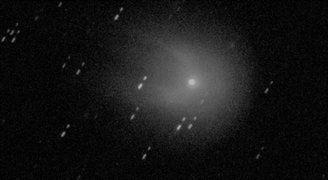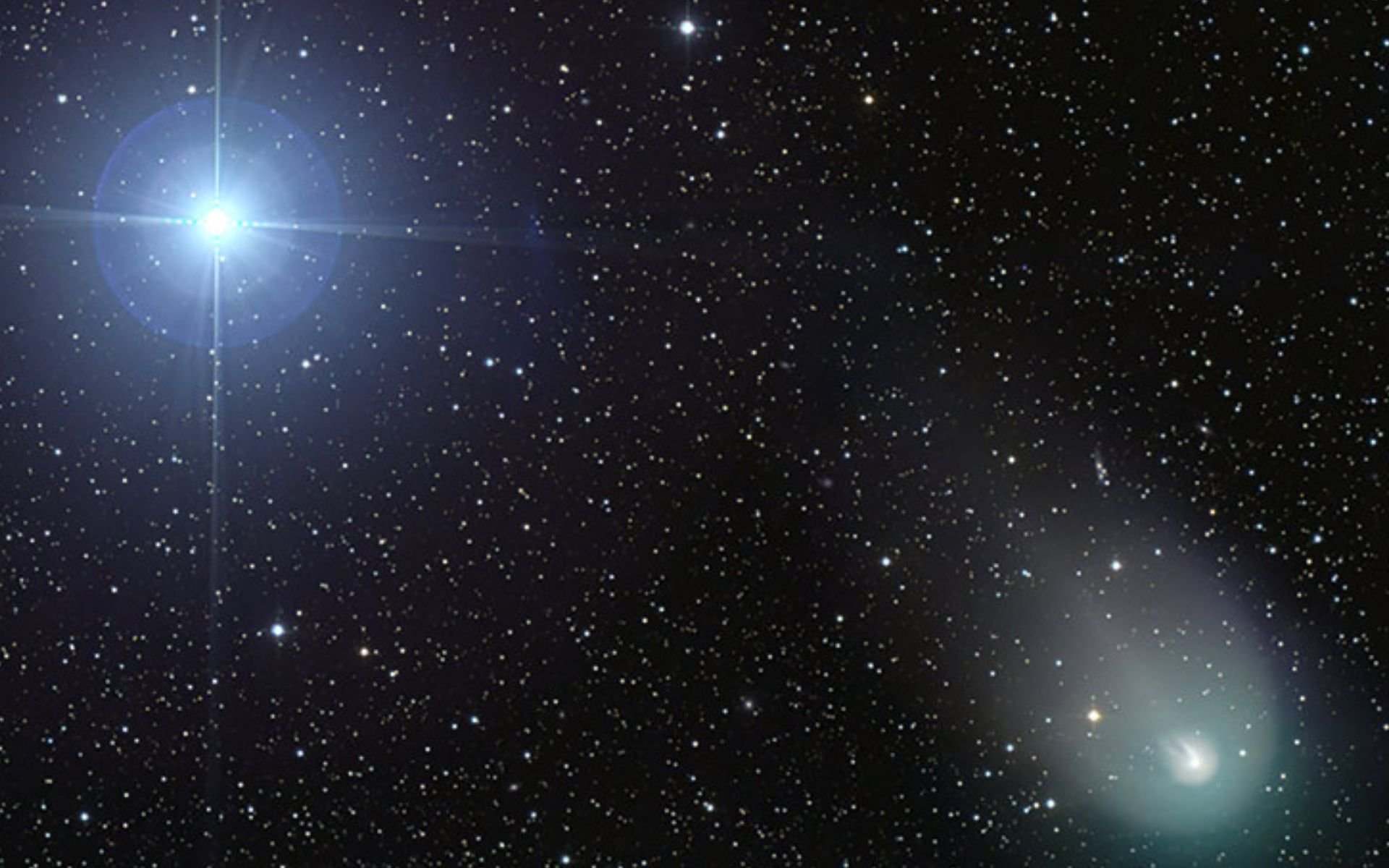Lately, Cryogenic explosion on comet 12P/Pons-Brooks increased the brightness of the space object by more than 100 timesIt reached magnitude 9.3. Amateur astronomer Eliot Herman, who watches the comet almost every night, captured the last explosion on November 14.
For those who understand the terminology, post-eruption reports are an indicator of whether the icy comet is worth observing with your homemade telescope. Getting the size right often makes the difference between capturing an unprecedented image or spending a night in vain in the cold.
Therefore, understanding the properties of an astronomical object is fundamental not only for astronomy enthusiasts, but also for anyone interested in understanding how the Universe that surrounds us works.
How do you calculate the size of comets and stars?
Essential tool for astronomers to record and compare the brightness of comets, stars, planets, galaxies and other celestial bodies. astronomical magnitude is a logarithmic scale of the luminous intensity of objects. Here, each unit of size represents approximately 2.52 times the density difference.
The first difficulty laymen face in understanding scale is this: The lower the assigned magnitude number, the brighter the observed object. This means that a magnitude 1 star is approximately 2.52 times brighter than a magnitude 2 star and 100 times brighter than a magnitude 6 star.
Application of the star magnitude scale

Anyone who wants to know why this is has to go back in time to the second century, when the astronomer Ptolemy created the magnitude scale. He noticed that most of the bright stars he could see (except Sirius) were similar in luminosity and therefore classified them as “first magnitude”. Those with more modest brightness were called “second magnitude”, and so on.
These Ptolemaic observations became the basis of the current astronomical system, but they were placed on a more precise basis. Spica, a star used as a reference in navigation, has an apparent magnitude of 1.04 and is 2.52 times fainter. Vega, one of the brightest stars in the night sky with magnitude close to 0.
Some practical examples
Large Objects
- Sun…………………………………………. ………………… -27
- Full moon…………………………………. . ……………………13
- Venus (maximum)…………………………………………. … ….. ….. -4.8
- Sirius…………………………………. .. …………………………….. -1.5
- Supernova 1987a (peak)……………………………………… ….. 2.9
- Supernova 1054 (Crab Nebula)…. -6
- Comet Pons-Brooks (now)……………………….. 12.7
- Comet Pons Brooks (peak without explosion)…… 4.3
Naturally, optical instruments provide a better view of celestial objects that can reach magnitude 10 with a pair of binoculars. For comparison, the James Webb telescope can see galaxies of magnitude 34.
Stay up to date with the latest astronomy news at TecMundo. If you wish, take the opportunity to discover which is the brightest star in the sky.
Source: Tec Mundo
I’m Blaine Morgan, an experienced journalist and writer with over 8 years of experience in the tech industry. My expertise lies in writing about technology news and trends, covering everything from cutting-edge gadgets to emerging software developments. I’ve written for several leading publications including Gadget Onus where I am an author.













